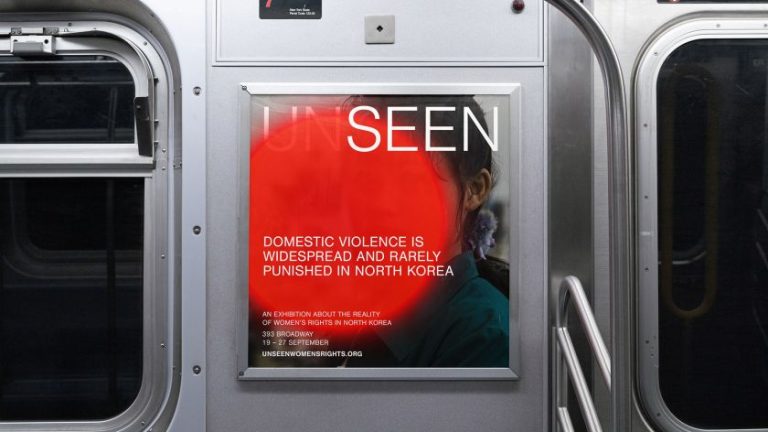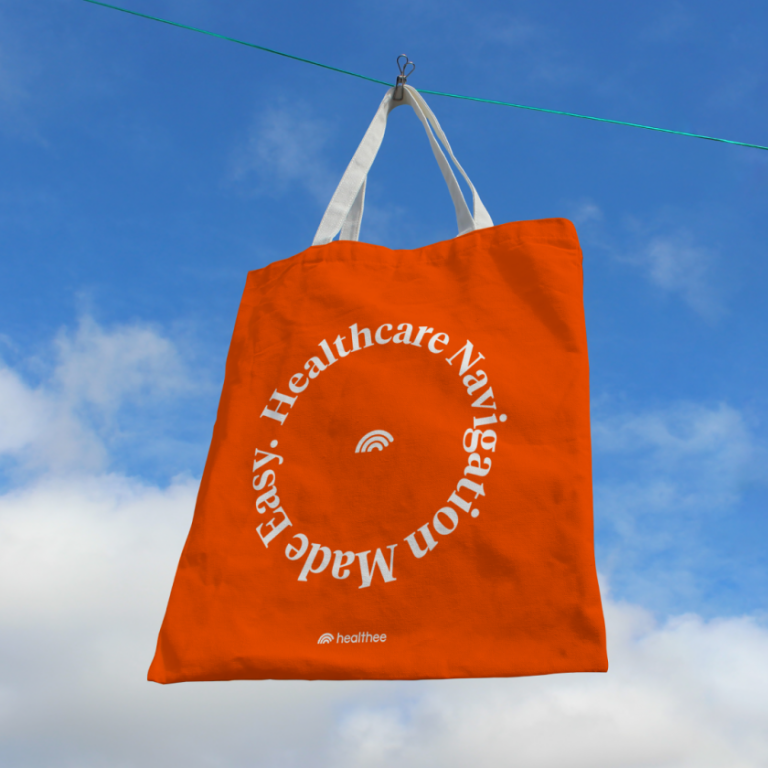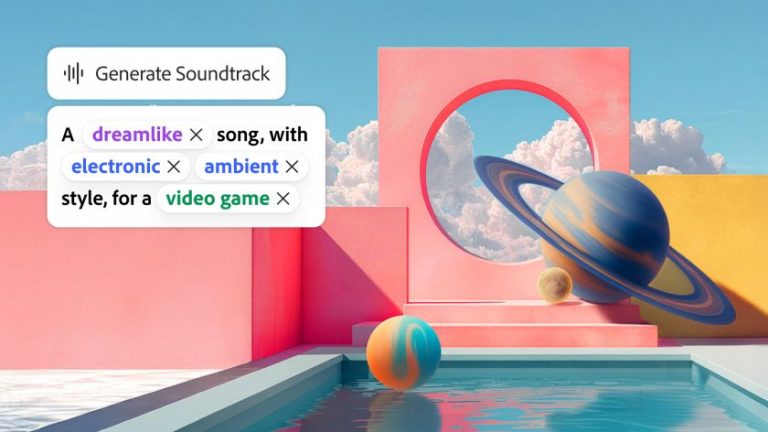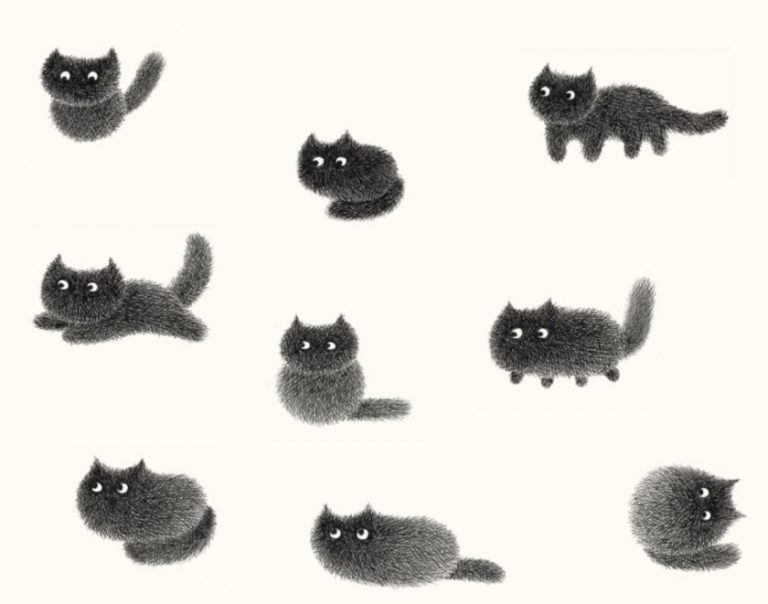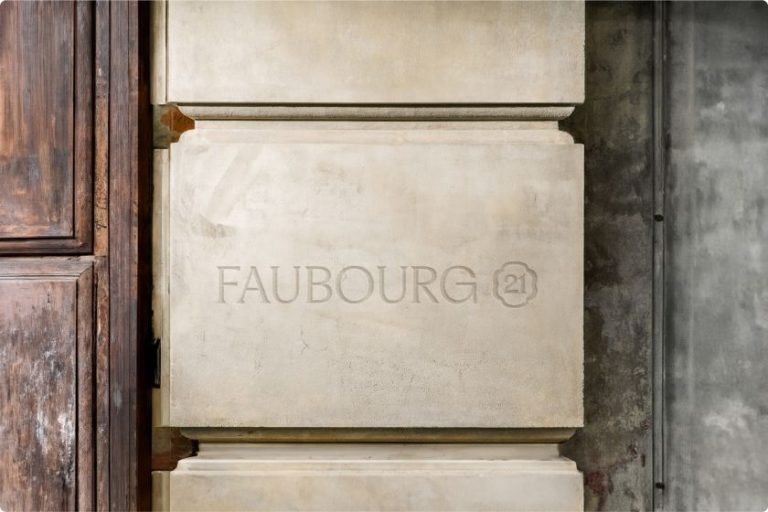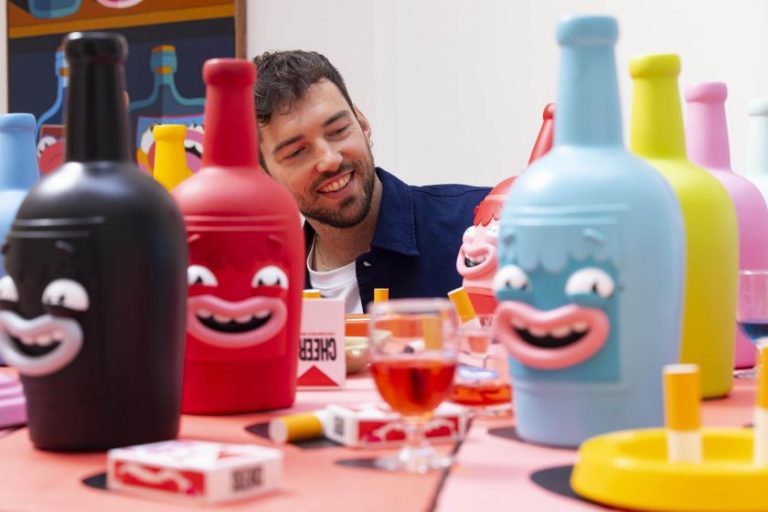With the help of Studio DRAMA, we explore why typography has shifted from a “nice-to-have” to a strategic necessity and why some myths about custom type deserve debunking.
Once upon a time, a custom typeface was a luxury item, reserved for global giants with vast budgets. You could go so far as to say it was viewed as indulgent, acting as the kind of jewel in the crown of a design system that could take years to develop and cost a small fortune.
Think of Coca-Cola’s TCCC Unity or Airbnb’s Cereal. While there’s no doubt that it’s memorable, this creative ownership has historically been out of reach for most brands operating outside that rarefied world.
Fast forward a decade, and the typography landscape looks very different. Bespoke letterforms are no longer a “nice-to-have” and they are increasingly seen as a strategic necessity. As brands stretch across ever-wider platforms, packaging formats, and campaigns, type has become the glue that holds their voice together.
D&AD Type 9UP – D&AD Festival Typeface – Pencil Gothic Typeface designed by Studio DRAMA, Identity by JKR
“Those letters are your brand’s voice,” says Frankie Guzi, business director at Studio DRAMA. “They do the heavy lifting, they carry personality, and they create instant recognition – sometimes without the need for any other distinctive assets.”
From indulgence to investment
Guzi points out that the change is partly down to the sheer volume of brand touchpoints today. From apps and billboards to AR interfaces and packaging, typography must work harder and flex more than ever before. “Custom type has become a practical investment,” he says.
Consider Heinz’s recent outdoor campaigns by W+K, where the type itself takes centre stage. Even stripped of imagery or logos, the letters alone are enough to tell you what brand you’re looking at.
Mozilla’s custom font, meanwhile, was designed to be more legible on screens than Times New Roman, yet it remains unmistakably “Mozilla.” For brands like Amazon and Kellogg’s, custom fonts aren’t decorative extras; they’re fundamental to how those businesses are recognised and remembered.
Heinz Custom Typeface Family – Typeface designed by Studio DRAMA, Identity by JKR, Campaign by W+K
Mozilla Custom Typeface Family – Typeface designed by Studio DRAMA, Identity by JKR, Strategy by Further
Why go custom?
When clients hesitate between commissioning a bespoke font or choosing something off the shelf, Studio DRAMA has a simple mantra: don’t borrow your voice, build your own.
“Most brands are speaking with the same borrowed voice,” Guzi explains. “Everyone is pulling from the same pool of generic sans-serifs on Google Fonts or the ones bundled with Adobe.
Stats pulled from google fonts, correct as of September 2025
“The rise of platforms like Google Fonts has created a sense of typographic ubiquity. If everyone’s using the same letters, no one stands out. A custom typeface makes your brand instantly recognisable without even showing a logo.”
The argument extends beyond distinctiveness. “Typography is everywhere in a brand system – packaging, products, campaigns, interfaces,” he says. “When you build your own, you’re not at the mercy of someone else’s design choices, and you get a voice that’s tuned to your values, your audiences, and your long-term ambitions.”
While custom design might sound expensive, Studio DRAMA points out that licensing third-party fonts across global campaigns, platforms, and products quickly adds up. “A custom typeface is an asset you can own outright,” Guzi says. “You save over time while strengthening your brand.”
Perhaps the most powerful reason, though, is storytelling. He adds: “Type is invisible until it’s wrong. With custom, it becomes a storytelling tool, carrying the quirks, history and energy of your brand into every word you publish. That’s impossible to get when you’re renting the same font as your competitors.”
RSPCA Custom Typeface -–Wilberforce Sans Typeface by Studio DRAMA, Identity by JKR
Busting the myths
For all its advantages, custom type still intimidates some brand teams. Studio DRAMA often hears the same objections, many of which are rooted in myth.
One of the most common is that the process is complicated. “Not really,” Guzi insists. “A good custom brief is just like any other design brief, where you define the character set, the weights, and where the type needs to live. Those decisions shape cost and timelines, and there’s absolutely no smoke and mirrors.”
Another concern is that it takes an eternity. “Once upon a time, yes,” he admits. “But now, with the right process and team, a brand-new custom family can be delivered in months – sometimes even faster than a global rebrand – and AI tools are going to supercharge a lot of processes in the coming years too.”
Then there is the cost question. “Compared to global licensing fees that pile up year after year, custom is often the smarter financial move,” says Guzi. “You’re investing in an ownable asset, not renting someone else’s.”
Finally, there’s the belief that only a type nerd could commission it. “You don’t need to know your kerning from your counters,” says Guzi. “The best custom projects are collaborative, open conversations. It’s our job as a foundry to translate brand needs into letterforms, not to drown clients in jargon.”
The impact of going custom
When brands do take the leap, it’s clear that the benefits extend far beyond aesthetics. A bespoke font can be designed to strike a balance between clarity and legibility without compromising its character. Mozilla’s custom typeface is a case in point, as it’s more readable on screen while still unmistakably “Mozilla.”
Recognition is also strengthened, with research showing that a growing number of rebrands now include custom typography precisely because it drives recall. Heinz’s outdoor campaigns prove how letters alone can carry a message.
For marketing teams, a single custom toolkit also simplifies day-to-day work. Instead of juggling multiple licences or cobbling together “almost-right” fonts, there is one consistent system that works everywhere. From a financial perspective, the initial outlay often pays itself back, freeing brands from the ongoing cycle of licensing fees.
From luxury to necessity
Typography has always been a cornerstone of design, but in today’s saturated and noisy market, it has also become a marker of ambition. Bespoke typefaces give brands something hard to imitate, providing a voice that is legible, ownable, scalable and unforgettable.
As Guzi sums up: “The gatekeeping days are over. Custom type isn’t an indulgence anymore – it’s just another design brief. And it’s one of the smartest investments a brand can make.”

